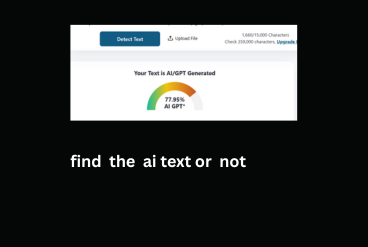Unsupervised learning is a type of machine learning where the data has no labels or predefined categories, meaning the algorithm must find structure and patterns in the data by itself. The main goal is to uncover hidden relationships or groups within the data, which makes it very useful for exploratory data analysis. Imagine you have a large set of customer data but no information about their buying behavior; unsupervised learning can group customers into segments with similar preferences without prior knowledge.
Two major tasks in unsupervised learning are clustering and dimensionality reduction. Clustering groups similar data points together, which helps in customer segmentation, image recognition, or organizing documents. For example, K-Means clustering partitions data into groups based on feature similarity; hierarchical clustering builds a tree of clusters by successively merging or splitting them. Dimensionality reduction techniques like Principal Component Analysis (PCA) reduce the number of variables in a dataset while preserving important information, which is useful for visualization or speeding up other algorithms.
Unsupervised learning has wide-ranging applications across industries. It is used in marketing for customer segmentation and market basket analysis—helping stores discover products frequently bought together, optimizing shelf arrangement. In recommendation systems, unsupervised learning suggests movies, products, or music based on user behavior patterns. It also plays a key role in anomaly detection by spotting unusual transactions in financial datasets or identifying cyberattacks by detecting abnormal network traffic.
In scientific research, unsupervised learning helps analyze gene expression data by grouping genes with similar activity, aiding drug discovery. Astronomers use it to classify galaxies or star clusters, and climate scientists analyze weather patterns for forecasting. Even social networks benefit from clustering algorithms to discover communities or track trends.
While powerful, unsupervised learning faces challenges such as handling noisy data, choosing the right number of clusters, and interpreting results meaningfully since the groups are not predefined. Nevertheless, its ability to learn from unlabeled data makes it indispensable for uncovering insights where human guidance is limited.
Overall, unsupervised learning enables discovering natural structures and patterns in data, powering many modern applications from marketing and security to healthcare and scientific exploration, all without the need for labeled examples.


